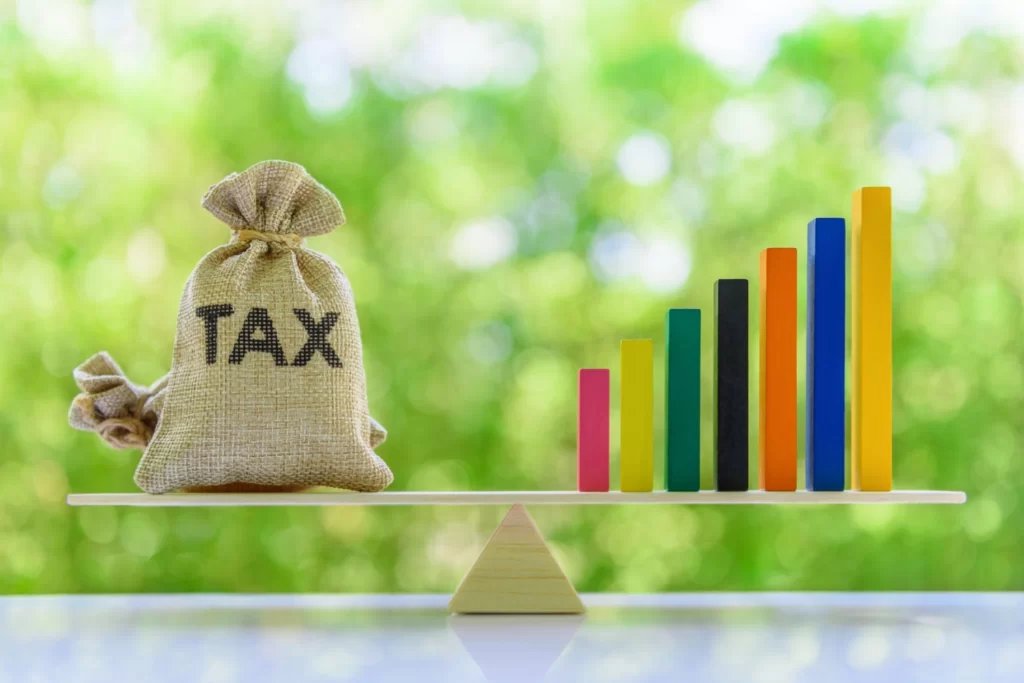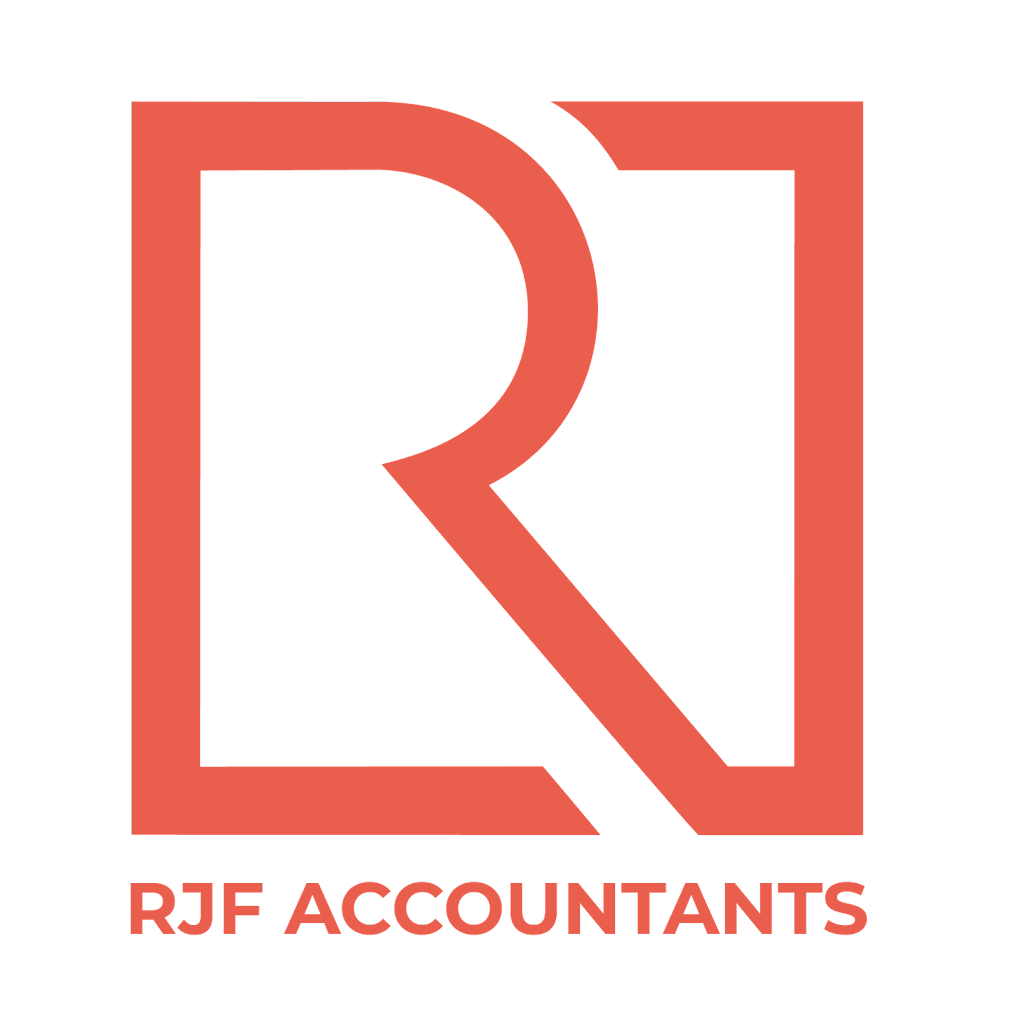Capital allowances are a valuable tax relief that allows businesses to claim tax deductions on the capital expenditure they incur when purchasing certain assets. These assets could include plant and machinery, office equipment, and commercial vehicles. In this blog, we will explore the available capital allowances, how to claim them, and the potential benefits they can provide businesses.
Blog Contents:
show
What Are Capital Allowances?
Capital allowances allow businesses to claim tax relief on investments made in long-term assets, also known as fixed or capital assets, which are expected to be used by the business for more than 12 months. When a business claims capital allowances, it can deduct a portion or the entire asset value from its profits, lowering the tax the business has to pay. There are various types of capital allowances with different conditions. Some allow businesses to write off the cost of purchasing an asset in a year. In contrast, others operate similarly to depreciation, allowing businesses to offset a percentage of the asset’s value against their corporation tax.
One of the main benefits of claiming capital allowances is that it can significantly reduce a business’s tax bill. If a business cannot use all of its allowances in a given year, the remaining allowance can create a “loss” that can be carried forward to the next year to reduce the tax bill in that year. This way, capital allowances can provide ongoing tax benefits to a business.
What Can Be Claimed as a Capital Allowance?
Not all items purchased for a business are eligible for capital allowances. These tax reliefs are designed to relieve the wear and tear on capital assets and stimulate investment in assets that will increase productivity. To qualify for capital allowances, the asset must be owned by the business and used in its operations. Leased items are not eligible. Additionally, purchases used for business entertainment do not qualify for capital allowances. Some things eligible for capital allowances include vehicles, machinery, computers and software, office equipment, fixtures and fittings, and the cost of altering a building to accommodate another asset.
Do Capital Allowances Work the Same as Expenses?
Capital allowances and allowable expenses are similar in that they allow businesses to offset costs against their profits to reduce the tax they pay. However, they differ in the types of costs they apply to. Capital allowances are only available on long-term assets, which are items expected to last more than one year.
On the other hand, allowable expenses are costs incurred in the business’s day-to-day operation and are expected to last less than 12 months. An example is the purchase of a van for the business, which would qualify for capital allowances, and the insurance needed to operate the van, which would be recorded as an allowable expense.
How to Work Out the Asset Value for Capital Allowances
The value of an asset for capital allowances purposes is not always straightforward and may include more than just the cost of the asset itself. For example, the value of a car for tax purposes includes not only the purchase price but also any extras added to the vehicle. In addition, the value of an asset may consist of other costs associated with getting the asset ready for use.
Servicing costs for an asset are typically recorded as expenses in a business’s profit and loss account. However, if a business incurs costs to improve the efficiency of an asset or extend its lifespan, these costs may be added to the asset’s value for capital allowances purposes. This can allow the business to claim tax relief on these costs as they relate to the long-term asset.
What if the Asset Is Disposed Of?
When a business disposes of an asset, it must determine the difference between the asset’s written down value, which is the asset’s value after accounting for depreciation, and the value the asset was disposed of for. This can result in a loss or a gain for the business. The business can offset the loss against its corporation tax if the written-down value exceeds the disposal value. However, if the disposal value exceeds the written down value, the business may need to pay additional tax. It is vital for businesses to carefully consider which capital allowance to claim, as this can affect the amount of relief they receive and may have tax implications when disposing of the asset.
How to Claim Capital Allowances
Claiming capital allowances is relatively simple, although it is essential to ensure that the calculations are accurate. To claim capital allowances, businesses should check the box on their tax return to confirm that they are claiming them and will receive the necessary forms. It is vital to have a separate document showing the calculations used to arrive at the figures claimed, which should be attached to the claim. It is your responsibility to ensure that the claim is accurate, so it is advisable to double-check the calculations or seek the assistance of an accountant to ensure that the claim is watertight before submitting it.
How Can RJF Accounting Help?
The team here at RJF Accounting are the experts in helping you claim the proper tax allowances for your business. With our startup accounting packages, we can ensure that your accounting, bookkeeping, and capital allowances are all for you.
We can assist with much more too! Everything from investor relations to tax advice and everything in between! We have helped launch startups, create new business opportunities and even helped businesses save thousands of pounds by assisting them to spot cost savings.
If you plan to scale your business or are looking for growth opportunities, why not speak to the team today? You can call the team on 0161 5040629 or email us at hello@rjf.uk.com to see if we can help you get your plans off the ground! We are open Monday to Friday, 9 am – 5 pm!

